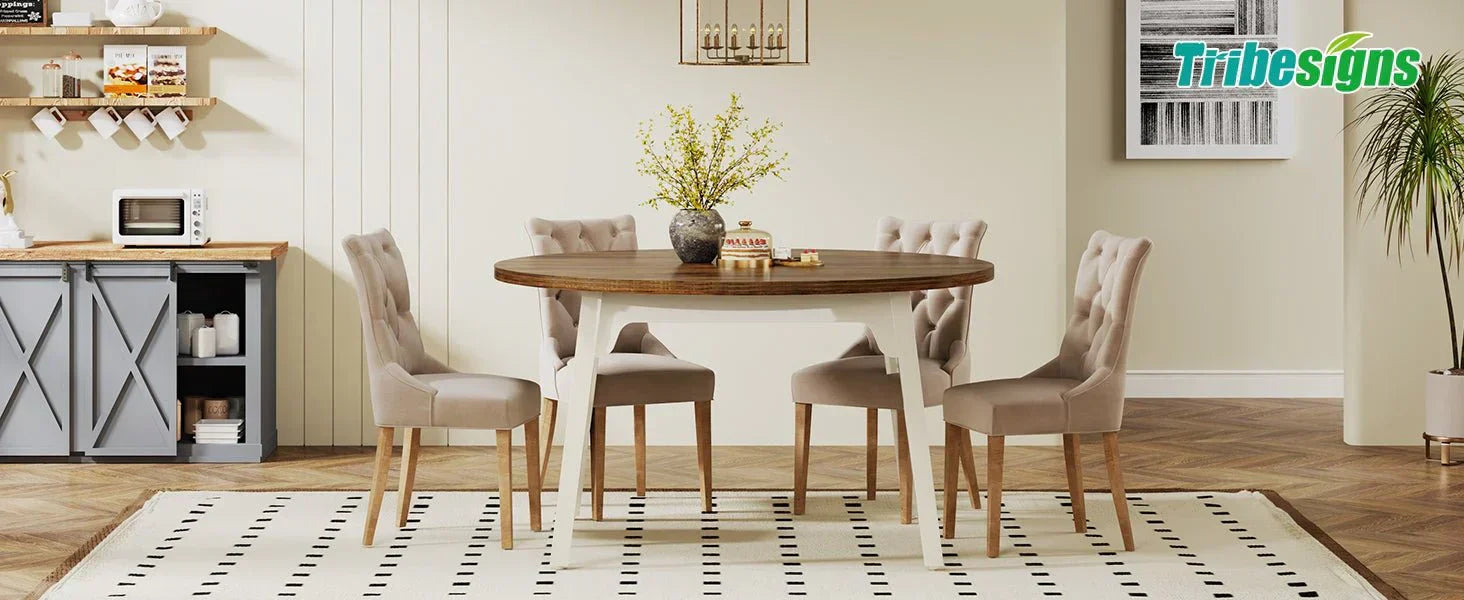A console table may be one of the most versatile and stylish pieces in modern home decor. From organizing the entryway to adding layers of interest behind a sofa or along a hallway, a well-placed console table can elevate any space. This guide offers practical tips and layout principles to help choose and arrange the perfect console table for any home.
What Is a Console Table?
A console table is a narrow, elongated piece of furniture typically placed against a wall or behind a sofa. Designed to be functional without occupying much floor space, it often serves both decorative and practical purposes. Console tables are commonly found in entryways, living rooms, and hallways and are ideal for displaying decorative items, storing essentials, or visually anchoring wall décor.

General Rules for Console Table Sizing
Height Rule
The standard console table height ranges between 28 to 32 inches. When placed behind a sofa, it should be no taller than the back of the sofa to maintain a smooth visual line and prevent awkward height differences.
Length Rule
For a cohesive appearance behind a sofa, the console table should be about two-thirds the length of the sofa. This proportion helps maintain balance and prevents the table from appearing too short or oversized.
Depth Rule
A typical console table depth is 12 to 15 inches. This makes it ideal for narrow spaces like hallways or entryways, where minimal intrusion into the walking path is important.
Placement Rules by Room
Entryway
In entryways, a console table should offer both function and style. It’s best placed near the door with enough space to allow free movement. A mirror or artwork above the table and small organizers or trays on the surface help create a welcoming and practical setup.
Behind Sofa
When placed behind a sofa—especially one that floats in the room—a console table can help define the space. It provides a surface for lighting, decor, or storage baskets underneath. The table should align closely with the sofa's back to create a clean, structured look.
Hallway or Open Wall
A console table can break up an empty hallway or large wall with visual interest. It should be centered if placed alone or positioned between architectural elements like doors. Minimal styling is key in tight areas to avoid cluttering the space.

Styling Rules for Console Tables
The Rule of Thirds or Triangle Styling
Group items in sets of three, varying in height and shape, to create a visual triangle. This method ensures a dynamic and balanced composition. For example, combine a tall lamp, a mid-height vase, and a small stack of books or a bowl.
Anchor with Art or Mirror
Artwork or mirrors placed above the console table should generally span about two-thirds the table’s width. This proportion frames the table nicely and helps tie the entire setup together. Center it at eye level for the most natural effect.
Balance Function and Aesthetics
A well-styled console table combines utility with visual appeal. Incorporate practical elements like a catchall tray or mail sorter with decorative pieces such as candles, plants, or photo frames to create a display that is both attractive and functional.
Bonus Tips
- Lighting: Add a table lamp or nearby wall sconce to illuminate darker spaces or highlight decor.
- Storage: Use woven baskets, storage cubes, or bins under the table for organizing shoes, accessories, or seasonal items.
- Cables: Use clips or cable boxes to hide unsightly wires if electronics are present.
Conclusion
A console table is more than just a decorative accent—it’s a powerful design tool that can tie together a space, provide storage, and create a welcoming focal point. Following the basic rules for sizing, placement, and styling ensures the piece complements its surroundings and meets practical needs. Whether enhancing an entryway, filling a hallway, or completing a living room layout, a well-chosen console table can make all the difference.



